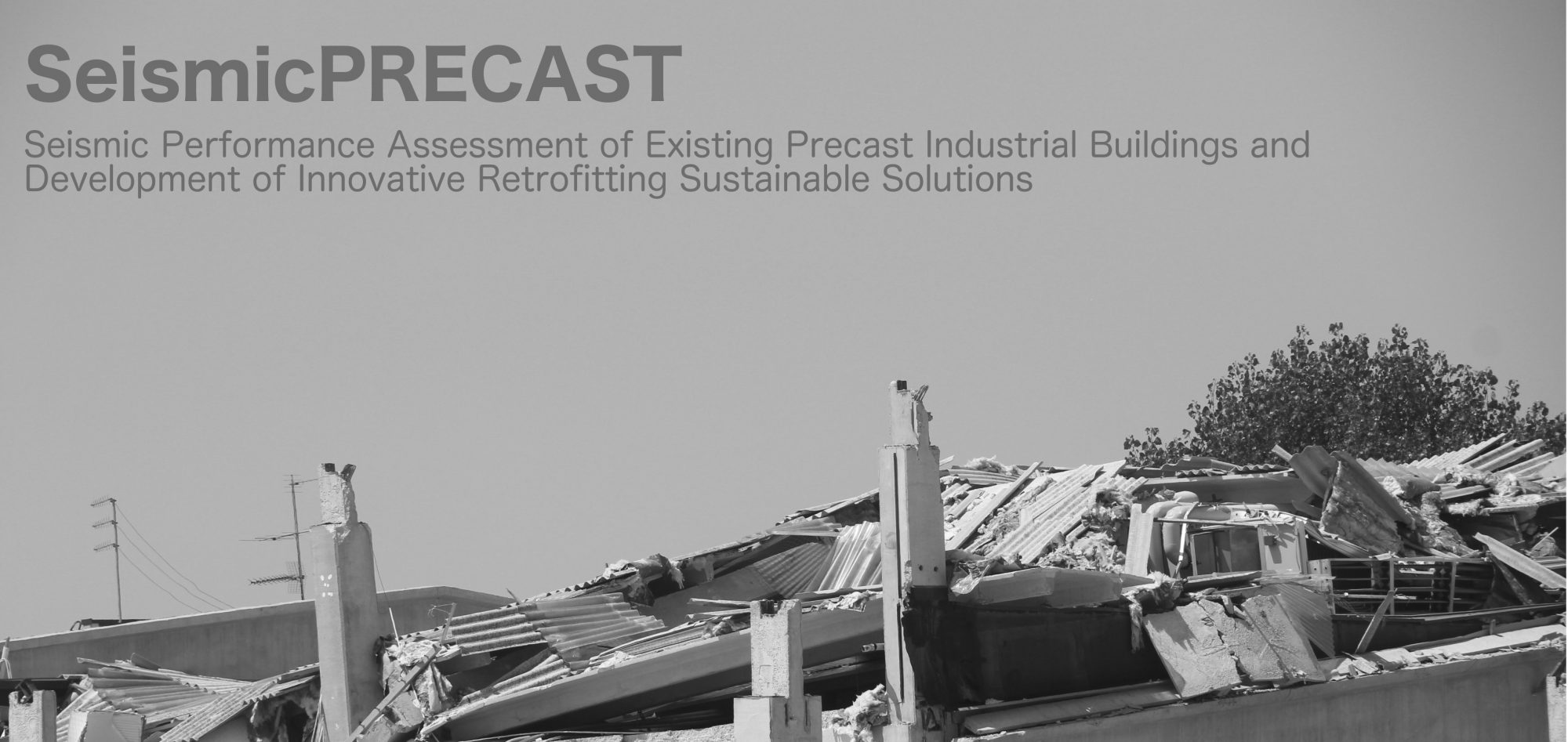Summary
The design of precast industrial buildings during the last years was based on a frame model, without considering the seismic demands, this fact was recently dramatically shown by several recent violent earthquakes, like L’Aquila (09), Emilia-Romagna (12) earthquakes, as well as during past events in Turkey (98 and 99). The seismic safety of the building stock is a requirement of modern societies and remains a concern in prone seismic areas. This aspect particularly affects a significant part of the built industrial building stock, designed essentially for gravitational loads or considering the seismic required prescribed by the first seismic codes, which do not reflect the current seismic engineering knowledge. The economic and social effects that could result from the interruption of industrial infrastructures activities in the case of an earthquake are immeasurable and would have short- and long-term repercussions on the economy of a country. Recently it has been observed an increase of literature available regarding the seismic behavior of RC precast elements, but the majority refers to elements detailed according to the modern codes, however there is a considerably less amount of similar data for elements representative of old building structures, and even lesser regarding the proper retrofitting solutions developed for old RC precast structures. The main objective of this proposal is to contribute to the knowledge about the seismic vulnerability of existing prefabricated industrial buildings. In particular, is intended to obtain relevant information that can be used to perform a characterization of this type of infrastructures and definition of the parameters that influence its response and to promote a seismic risk study, to evaluate the economic and social effects of a seismic event. In the end, special attention will be given to the development of innovative reinforcement techniques to improve their behavior when subjected to seismic actions, considering the environmental impacts, thus seeking to satisfy the mechanical and environmental requirements of the solutions defined.
The project proceeds and takes advantage from the experience of the research team on previous development of numerical tools, as well as in the development of seismic risk studies. Also from an extensive experience in testing campaigns of full-scale specimens. National and international consultants with experience in practice and in research in the field of the current proposal were also included to help and advise the research team in particular questions. In fact the all project represent a major innovation, for the Portuguese reality, and intend to represent a step forward in knowledge, which stimulates the interest from the technical community and realize decision makers for the advantages in retrofitting this constructive typology to minimize the seismic vulnerability.
